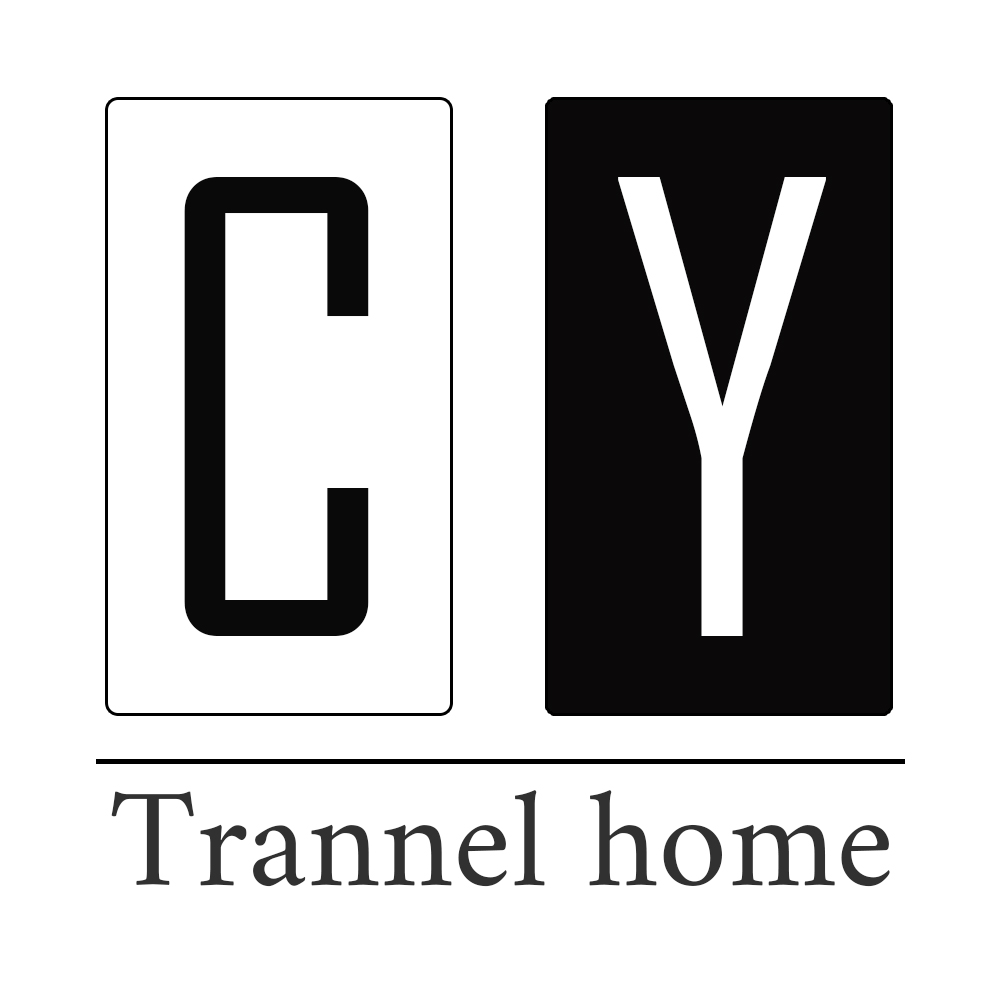As we move further into 2025, the furniture industry is facing a shift in consumer expectations, particularly regarding fabric choices for upholstered furniture. Linen and cotton have long been popular materials for their natural appeal, durability, and comfort, but to stay competitive in today’s market, manufacturers must adapt to evolving consumer trends. In this blog, we will explore how linen and cotton upholstered furniture suppliers can adapt to these trends and ensure they remain relevant in an increasingly eco-conscious and design-driven marketplace.
1. Sustainability: The Demand for Eco-Friendly Fabrics
One of the most significant consumer trends in the furniture industry is a growing preference for sustainable and eco-friendly products. Consumers are becoming more aware of the environmental impact of their purchases and are seeking furniture made from natural, renewable, and biodegradable materials. Linen and cotton, both of which are plant-based fibers, are naturally aligned with these values. However, to meet consumer expectations, manufacturers must ensure that their linen and cotton fabrics are sourced responsibly.
- Organic Cotton & Linen: Offering organic versions of cotton and linen can give suppliers an edge. Organic fabrics are produced without synthetic pesticides or fertilizers, making them a more environmentally friendly option. Highlighting these sustainable sourcing practices can resonate with eco-conscious consumers.
- Low-Impact Dyes & Finishes: In addition to sustainable fabrics, using low-impact dyes and finishes can minimize the environmental footprint of the production process. Suppliers who prioritize eco-friendly production methods will likely build stronger brand loyalty.
2. Performance Fabrics for Everyday Use
While linen and cotton are known for their breathability and comfort, they can sometimes fall short in terms of durability, especially in high-traffic areas. To meet the demands of modern living, suppliers must innovate by offering linen and cotton fabrics that are not only stylish but also practical for everyday use.
- Performance Linen & Cotton Blends: Blending linen and cotton with synthetic fibers like polyester or nylon can enhance the durability and stain resistance of the fabric. These hybrid materials offer the best of both worlds: the natural appeal of linen and cotton with the longevity and ease of maintenance that consumers expect from performance fabrics.
- Moisture and Stain Resistance: As consumers look for more practical, low-maintenance furniture options, fabrics that resist stains and moisture are in high demand. Introducing water-repellent treatments or coatings on linen and cotton fabrics can make them more attractive to families and pet owners.
3. Color and Pattern Trends: Staying Ahead of Design Preferences
Consumer preferences for color and design are constantly evolving, and keeping up with these trends is essential for staying competitive. For linen and cotton upholstered furniture, offering a range of colors, textures, and patterns that align with current design movements can help suppliers capture a larger share of the market.
- Neutral Tones & Earthy Hues: Neutral colors like beige, gray, and off-white continue to dominate the furniture industry, providing a versatile foundation for various interior design styles. Linen and cotton fabrics in these tones can appeal to consumers looking for timeless, understated elegance.
- Bold Patterns & Textures: On the other hand, some consumers are seeking bolder designs. Incorporating patterns like geometric prints, florals, or stripes in linen and cotton upholstery can cater to these adventurous buyers. Textured fabrics, such as slub linen, also provide an additional tactile element that adds richness to furniture designs.
4. Customization and Personalization: Meeting Individual Needs
Consumers are increasingly drawn to furniture that reflects their personal style and preferences. Offering customization options for linen and cotton upholstered furniture can help suppliers cater to this demand.
- Fabric Selection: Allowing customers to choose from a variety of linen and cotton fabrics in different colors, textures, and finishes can help create a personalized product. Providing the option to mix and match fabrics for different sections of the furniture, such as cushions, backs, and seat covers, can further enhance the customization experience.
- Made-to-Order Pieces: Offering made-to-order furniture with custom measurements and fabric options can allow suppliers to serve customers who are looking for a unique piece that fits their specific space and design preferences.
5. Affordable Luxury: The Rise of Budget-Conscious Consumers
With rising living costs, many consumers are seeking affordable luxury when it comes to furniture purchases. Linen and cotton fabrics can offer an elegant, high-quality aesthetic without the hefty price tag of more expensive upholstery materials like velvet or leather.
- Affordable Linen and Cotton Upholstered Furniture: By focusing on cost-effective production methods and offering furniture that incorporates linen and cotton without compromising on quality, manufacturers can appeal to price-sensitive consumers. Using linen and cotton blends, which can be more affordable than pure linen, can help reduce costs while maintaining the desirable appearance and feel.
6. Health and Wellness: Hypoallergenic Properties
As health and wellness become increasingly important to consumers, the demand for hypoallergenic materials in furniture is on the rise. Linen and cotton are naturally hypoallergenic, which makes them an ideal choice for people with allergies or sensitivities.
- Allergy-Friendly Upholstery: Emphasizing the hypoallergenic qualities of linen and cotton upholstered furniture can attract consumers who prioritize health and wellness in their home environment. Positioning linen and cotton as materials that contribute to a cleaner, healthier living space can set your products apart in a competitive market.
Conclusion
Adapting to new consumer trends is essential for the continued success of linen and cotton upholstered furniture in the market. By focusing on sustainability, performance, customization, design trends, and health-conscious features, manufacturers can stay ahead of the curve in 2025 and beyond. As consumers become more discerning, offering furniture that combines style, functionality, and eco-consciousness will help linen and cotton upholstery maintain its relevance in the modern furniture market.
Keywords:
- Linen Upholstered Furniture Trends
- Cotton Upholstered Furniture Sustainability
- Performance Fabrics for Linen & Cotton
- Customizable Linen Furniture
- Affordable Luxury Furniture
- Hypoallergenic Upholstered Furniture



